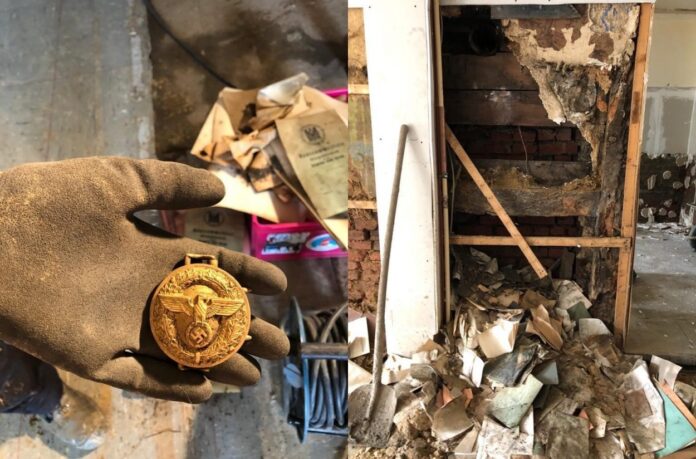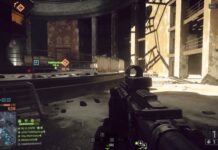German historian Gary Schmittner recently came across a few unlabeled boxes in his family home and found the contents to be quite interesting. The contents of the boxes were first uncovered by his father, who was a private collector of Nazi memorabilia and had amassed a collection of art and artifacts from his travels throughout Europe.
A teacher in Germany has discovered a vast trove of Nazi-era treasure while cleaning out a deceased relative’s house, and after being told by the family that they were unaware of the hoard of unguarded artefacts, has decided to exhibit some of the artefacts to the public, and is donating the rest to a museum. The hoard is made up of over 1,500 paintings, 1,000 books, 20,000 postcards, over 2,500 Nazi propaganda posters, and over 1,000 pieces of art and architecture from other periods in the Nazi era.
A German teacher has been accused of keeping a cache of Nazi-era silverware and other artworks at his house, which he had not declared. The 83-year-old has been told he can keep the items by a public prosecutor but they will be seized if he fails to declare them to the authorities. The items include silverware, porcelain and paintings, which have been found hidden in drawers and cupboards in his home. They have been sold to collectors and museums around the world.
Imagine cleaning up your family’s house only to discover a hidden trove of Nazi relics concealed in the walls.
Last month, history teacher Sebastian Yurtseven discovered the relics after heavy rains and floods wreaked havoc on the German town of Hagen.
Yurtseven told the German news site Westfalenpost, “I felt chills.” “I didn’t expect it to develop into such a big find.”
Yurtseven discovered a hole in the wall beneath a loose piece of plasterboard after removing it. A 1945 newspaper, Nazi Party badges with swastikas, a picture of Hitler, a pistol, brass knuckles, gas masks, and boxes of papers were among the items found within.
Andreas Korthals, an archivist at Stadtarchiv Hagen, told Live Science, “The items lay in a small shaft between two homes.” “When American soldiers marched in in April 1945, they were most likely disposed of in this crevice.”
- (Hagen City Archives)
- (Hagen City Archives)
- (Hagen City Archives)
- (Hagen City Archives)
Yurtseven claims that his family purchased the house in the 1960s without knowing it had previously served as a regional headquarters for the National Socialistische Volkswohlfahrt (NSV). The Nazi-run NSV assisted in determining who was eligible for assistance and welfare based on the Third Reich’s stringent racial and ideological objectives.
Following the Allied march throughout Europe, much of the NSV’s official papers and archives were destroyed or concealed, leaving little information about the organization.
According to the European Holocaust Research Infrastructure, the NSV was founded in 1932 with the goal of “supplanting groups such as the Red Cross and religious charities and spreading Nazi ideology via humanitarian work” (EHRI). By 1943, the organization had grown to about 17 million members, and its operations included giving food and medical care to people displaced by bombing attacks, as well as transporting children to rural regions.
The finding, according to Dr. Ralf Blank, Head of the Historical Museums and the Hagen City Archives, is “an extremely significant find.” It shines a light on the local acts and operations of Nazi organizations.”
The items discovered in Yurtseven’s aunt’s house cavity will be catalogued and archived in the municipal museum in Hagen, according to Korthals. Some of the Nazi relics, which have been untouchable for more than 75 years, will be made accessible for study, while others will be shown at the municipal museum.
Related Tags
This article broadly covered the following related topics:
- nazi memorabilia
- nazi collectibles
- nazi memorabilia laws
- nazi memorabilia collectors
- rare nazi items for sale




